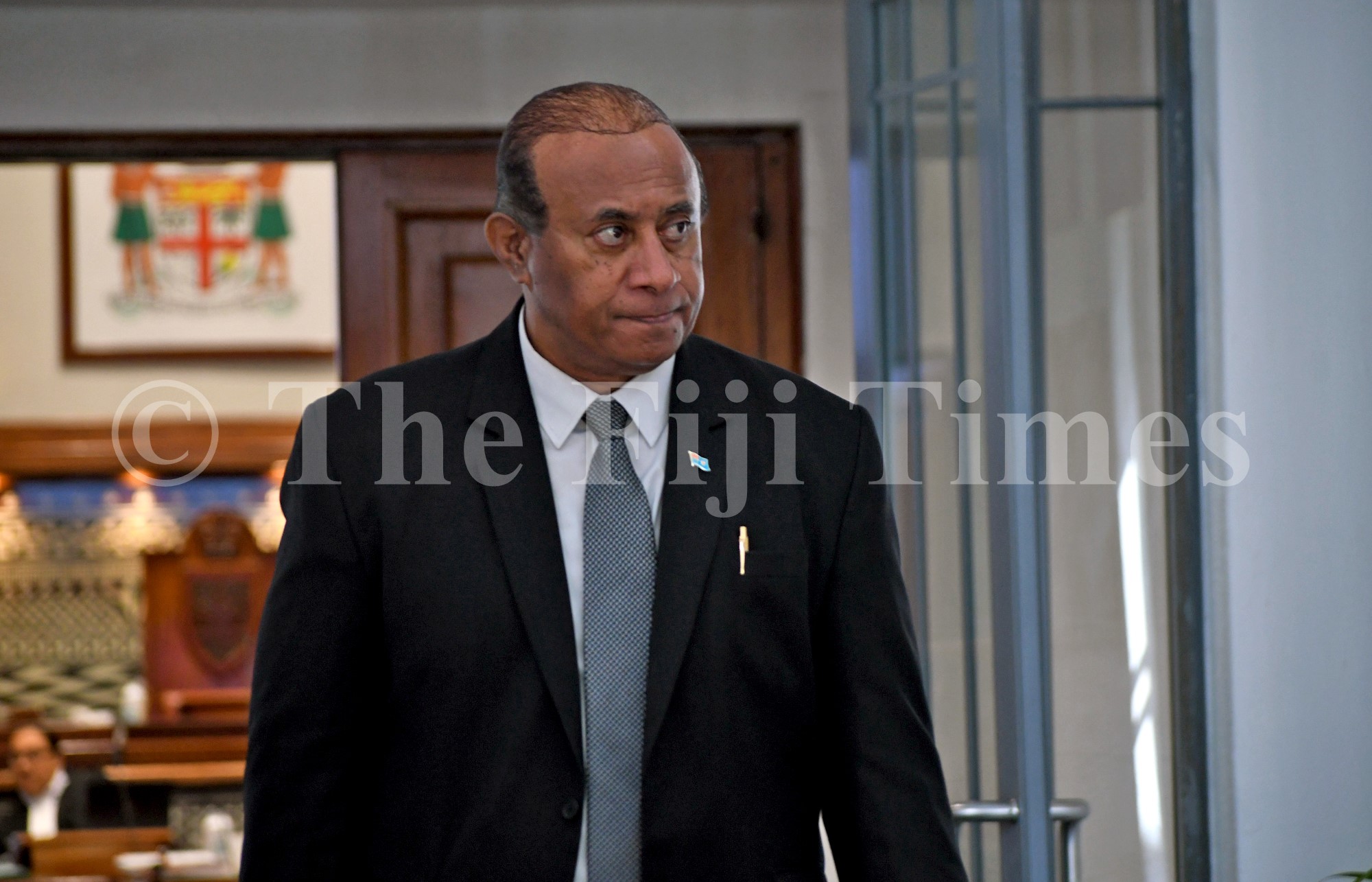Fiji requires about $8.5 billion in funding to upgrade all water and wastewater and sewage infrastructure in the country.
And Infrastructure Minister Ro Filipe Tuisawau labelled this investment as “a sobering number”. Over $3.5b is needed to upgrade water networks, and a further $5b is required for wastewater management and infrastructure.
“It is obvious that the entire amount cannot be afforded by public sector investment,” he said in Parliament yesterday.
He said the previous government had developed Fiji’s National Development Plan 2017-2036 and promised that about 70 per cent of the population would have access to centralised sewerage systems by 2036.
He also said that the Water Authority of Fiji’s 11 wastewater treatment plants did not have the capacity to effectively treat the wastewater they receive.
“I can disclose that as of today, only 17 per cent of urban residential customers have access to sewered sanitation infrastructure. A staggering 78 per cent of residents rely on septic systems.
“However, Fiji currently has no infrastructure in place to receive and treat septic faecal sludge from these systems.
“The current state of wastewater infrastructure suggests that while the previous government had developed the National Development Plan, they were not serious about investing in the wastewater infrastructure.”
Ro Filipe said further asset upgrades – especially to ensure climate resilience – would be a suitable avenue to seek greater climate finance in this area.
And at the same time, he said greater Public Private Partnership opportunities, especially in wastewater, would be explored by the Government.
“Our development partners like the Asian Development Bank, the European Investment Bank and the World Bank, who have been part of the Water Sector 2050 Strategy development journey, will also play a key role in funding some the projects.”
He said Fiji’s water supply system currently lost around 47 per cent of the total clean water produced, and nationally, WAF responded to over 125 pipe breaks for every 100km of water pipeline.
Ro Filipe said the Water Sector 2050 Strategy adopted a “hub and spoke” model for extending piped water supply to areas currently not serviced by the WAF supply network. He said this model would rely on investing in building water treatment plants in larger population centres, creating water treatment hubs, catchments, and reservoirs.
“Some of the identified projects under this model in the strategy include water treatment hubs in Labasa and Seaqaqa in the Norther Division, and extension of the water network from Savusavu and Nabouwalu water treatment hubs to other population centres.
“Similarly, in the Western Division, water treatment hubs in Matovo, Keyasi and Nadarivatu; and extension of a network from existing hubs to growing areas around Nadi.
“In the Central Eastern Division, new water treatment hubs at Wainadoi and Navua, with network extension to surrounding areas and additional reservoirs, catchments in strategic locations.”






